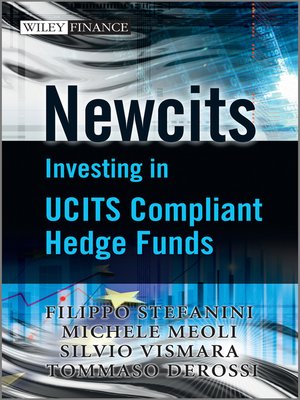
Sign up to save your library
With an OverDrive account, you can save your favorite libraries for at-a-glance information about availability. Find out more about OverDrive accounts.
Find this title in Libby, the library reading app by OverDrive.



Search for a digital library with this title
Title found at these libraries:
| Library Name | Distance |
|---|---|
| Loading... |
Newcits: Investing in UCITS Compliant Hedge Funds is a one-stop resource for investors who want to get the best out of their UCITS investments. There is a large and increasing range of UCITS compliant funds out there, but despite their tighter regulation and frameworks, investors still need to understand the risks they are undertaking, the structures of the funds and their differences and similarities to mutual funds and hedge funds.
The book begins with an assessment of the financial crisis from the perspective of hedge funds and funds of hedge funds. Then it introduces the UCITS framework and shows how these strategies present a valuable and attractive alternative to offshore hedge funds and funds of hedge funds. The regulatory framework is described in depth, as are the different business models used by asset managers. Finally it looks at current hedge fund strategies such as long/short equity or global macro, and at how these can be integrated into the framework.
The book also describes in detail the Newcits industry, discussing the performances, the fee structure, the liquidity and the key theme of "replicability", studying the tracking error volatility of the Newcits funds in comparison with their offshore versions. A discussion of the effectiveness of the regulation and its potential developments concludes the book.







